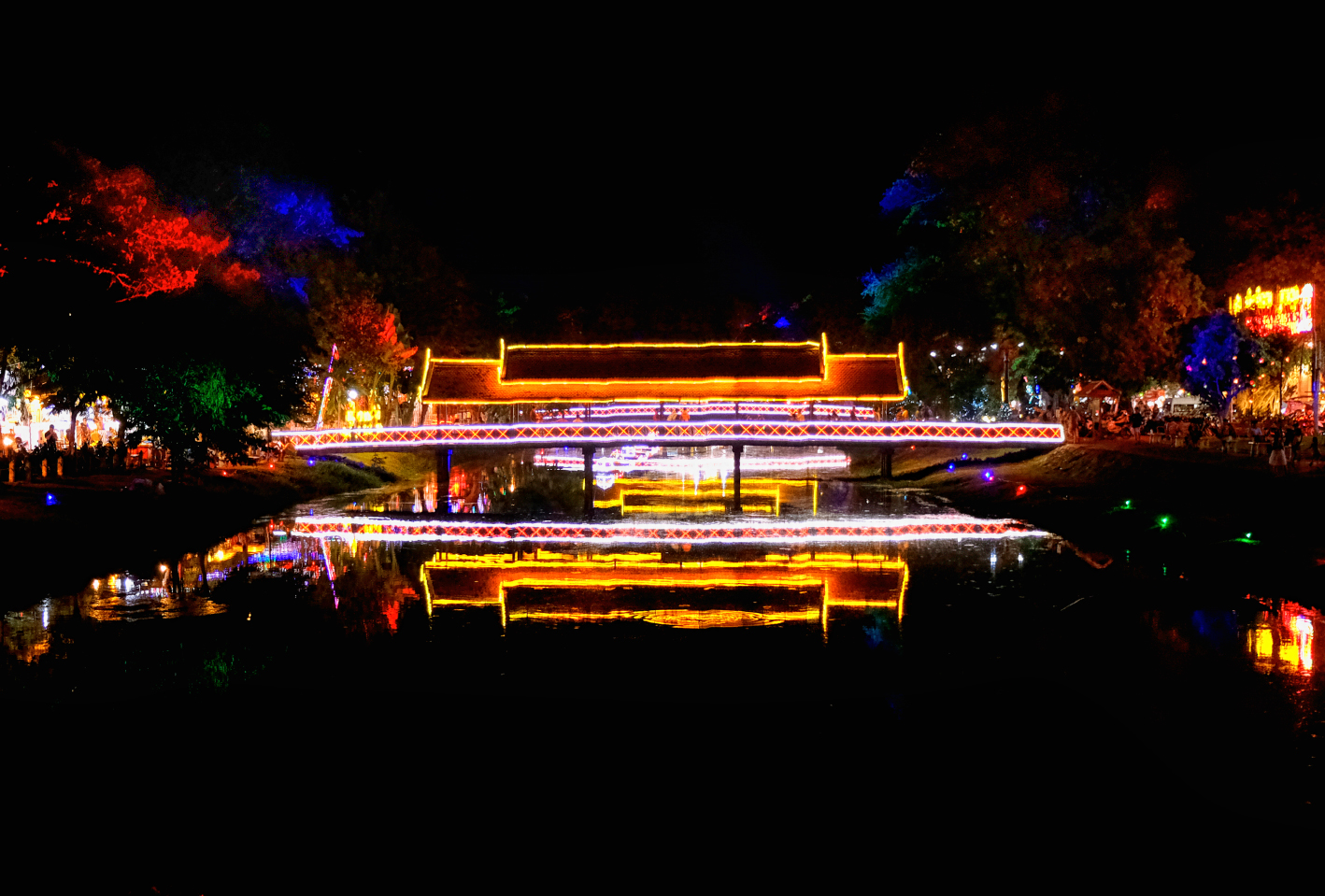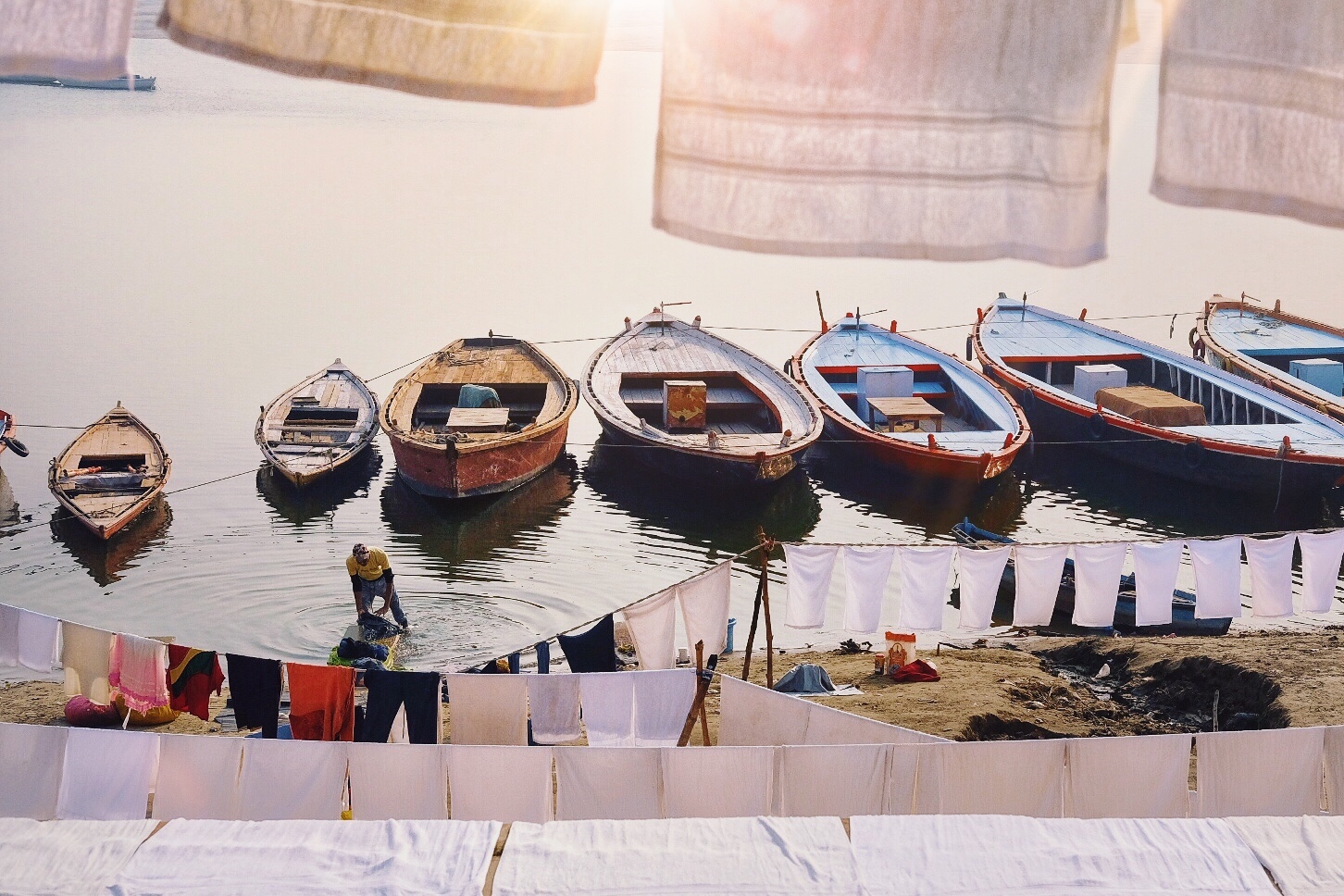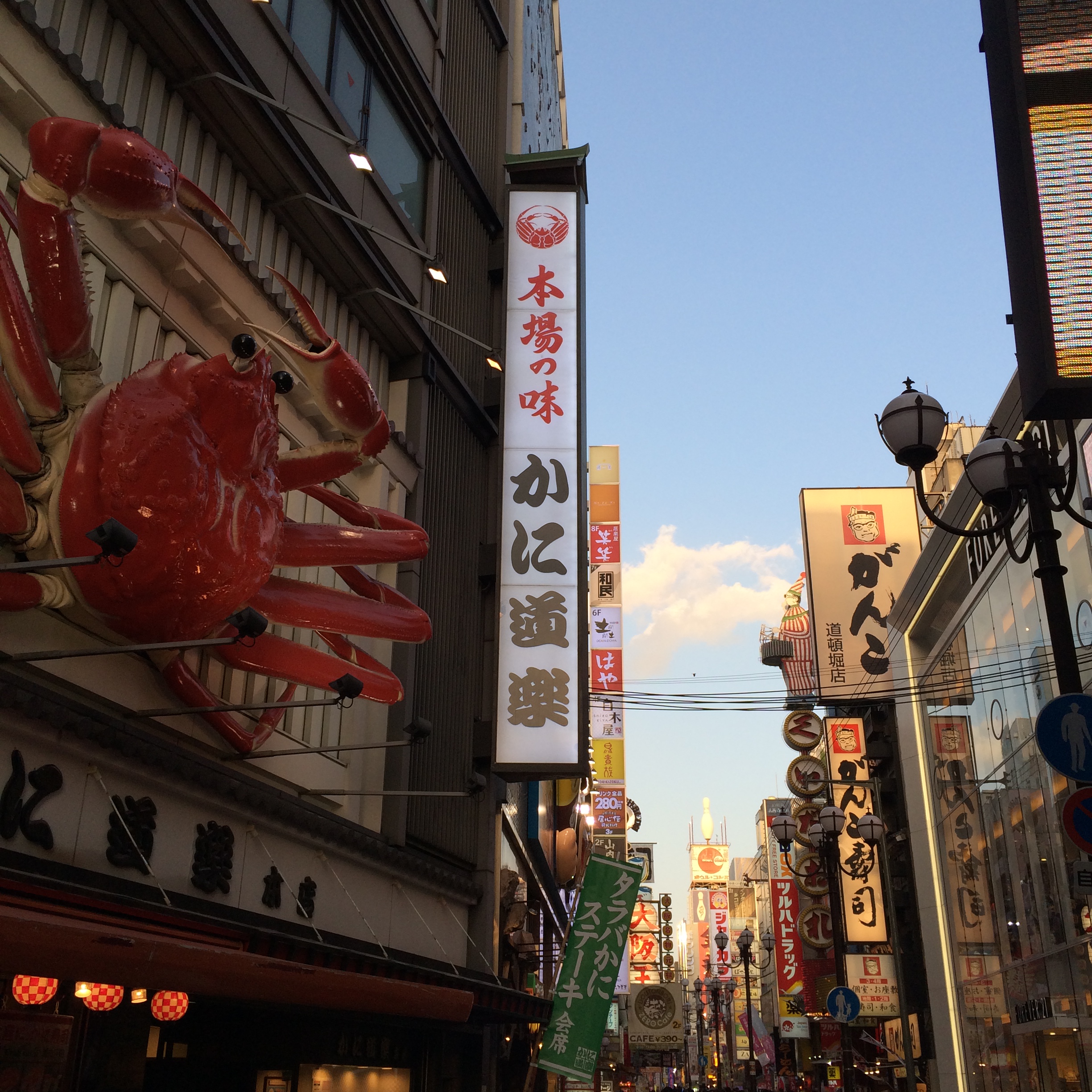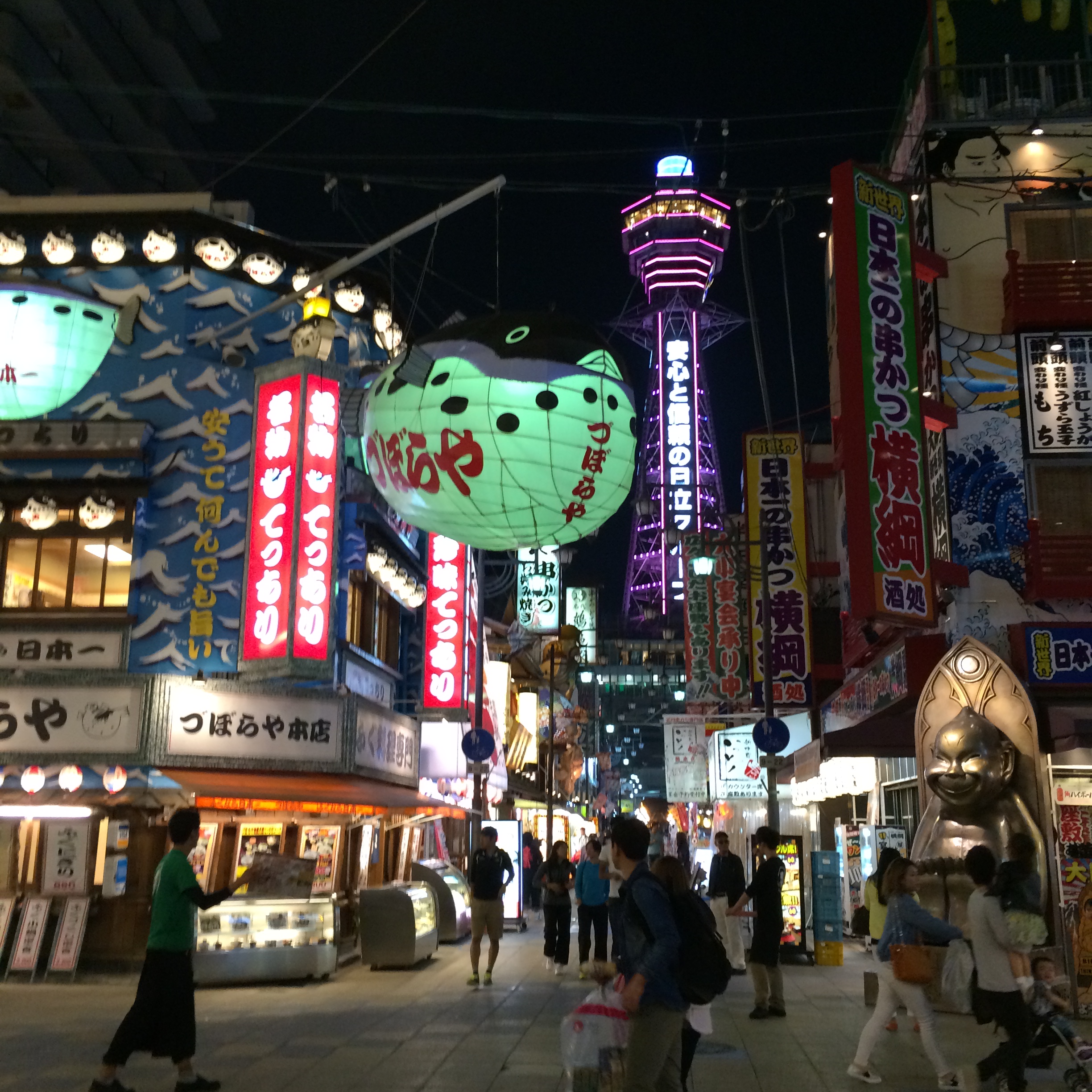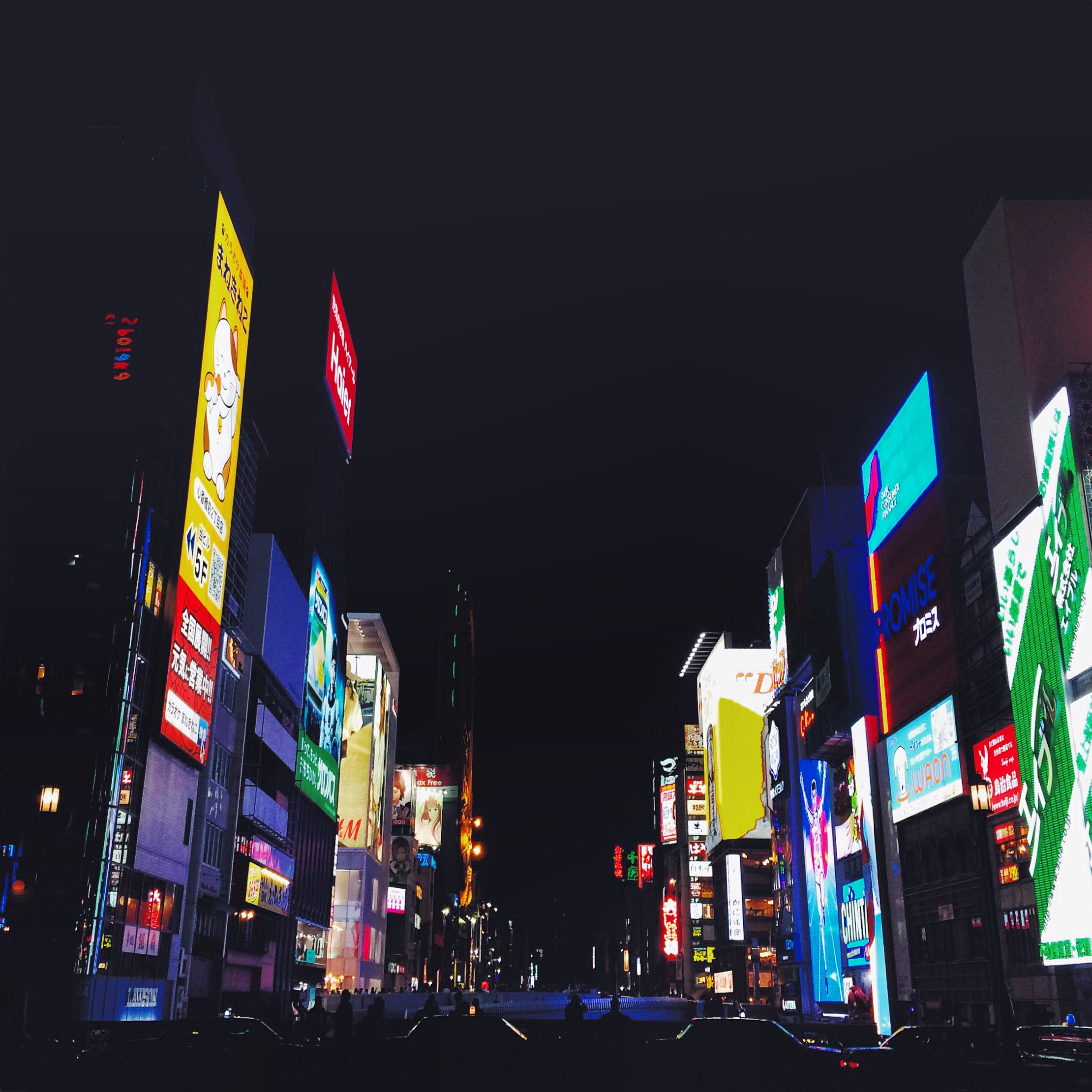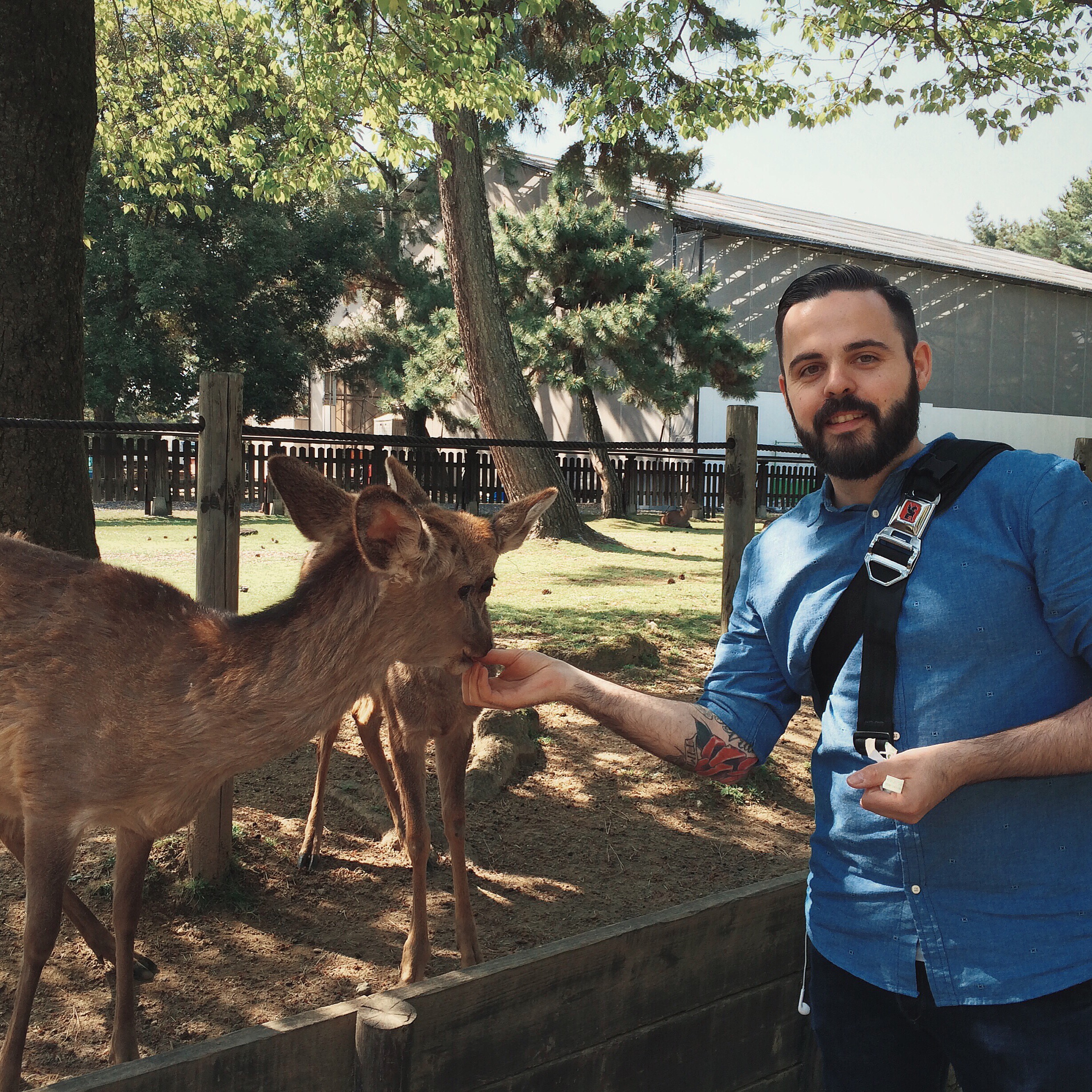If you went through a couple of my blog-posts you might have noticed my passion & love for creating videos while traveling. This means, that I also enjoy watching travel videos of any places in the world. I just love the aestethic visuals mixed up with music and sound effects that can recreate a visual portrait of a city or a country.
I really was amazed by this particual video about Myanmar on Vimeo. {click on the link to watch it}.
After having watched it a couple of times in a row, and after having fowarded the link to numerous friends and started feeling the urge to absolutely visit Myanmar as soon as possible. It quickly made it onto my bucket list. Obviously I had to create my own travel video of beautiful Myanmar on this 10 day journey. You can watch it below.
We only had 14 days left for our whole trip. As we were landing in Bangkok, and wanted to pass through Cambodia, before landing in Myanmar, 10 nights was all we had left to spend in Myanmar (also known as Burma).
Ten nights isn’t too long if you’re planning to visit the most popular cities: Yangon, Bagan, Inle Lake and Mandalay. We also had Ngapali Beach in mind, but considering our tight time-schedule we just couldn’t manage to visit their beautiful beaches.
Yangon.
Yangon (formerly known as Rangoon) is a popular travel destination because of its truely beautiful Shwedagon Pagoda. The gigantic golden pagoda was the only reason why we spent one night in Yangon. The taxi-ride from the airport to our hostel was around 13.000 kyat (which would be 9 us$), and the ride took almost 40 minutes due to heavy traffic.
You’re absolutely right if you’re going to tell me that you can’t discover the beauty of a city within a day. We booked a night at the Bodhi Nava Hostel. We checked in around 8pm, and went straight towards the golden pagoda in the city center. The neighbourhood was pretty rhough. I didn’t expected it to be that bad. It definitely reminded me of worn down areas in India. After walking 15 minutes uphill and leaving hundreds of steps behind us, we made it to the holy temple.
Already from afar, through a dark narrow street, you just had to follow the golden glow in the sky. You just couldn’t miss it!
The sadest part of our Yangon experience was the fact, the Shwedagon Pagoda was under construction. At first sight you wouldn’t notice the scaffold along the tip of the golden monument. I was kinda disappointed, as the temple was the main reason why we made it to Yangon. We managed to get a lovely photo of it, however it just wouldn’t be as beautiful as without the scaffold.
On the following early morning we manged to visit a second temple called Sule Pagoda, which was located downtown in a busier neighbourdhood. It was less impressive than Shewdagon. Not too far away, we visited Bogyoke Aung San Market. As we expected a busy market with local crafts and foods, they mainly sold clothes and jewelry.
The surrounding streets were actually nicer to walk through. The colorful colonial housefronts reminded me of Cuba.
The first temples you witness in a particular country are always pretty enjoyable. However you rarely experience memorable moments inside a temple. That’s why I’d rather stroll across unknown streets and hoping to find a local gem, that you wouldn’t find in travel-guide.
So after spending less than 24 hours in Yangon, we were looking forward to our trip to Bagan, the city of the thousand pagodas.
Bagan.
After a 2 hour flight we made it Bagan. Right at the airport we had to pay a tax for visiting the archaeological sites. Every visitor has to pay the tax of 25.000 kyats. (15$)
A cool thing about Bagan is that most hotels aren’t far away from the airport. Your taxi will easily reach it within 15 minutes. Expect to pay 8000 kyats (5us$).
In Bagan you'll find the largest and densest concentration of Buddhist temples, pagodas, stupas and ruins in the world, many dating from the 11th and 12th centuries. The main bigger pagodas look absolutely magical at any part of the day. We were passing by the first ones on our way to the hotel at night. It was mesmerizing to witness those rocky temples rising up on both sides of our car as we got closer to our destination.
We just couldn’t wait to explore Bagan by ourselves. Some hotels will offer e-bikes or bicycles to explore the thousands of temples in and around Bagan. I’d highly recommend an e-bike as temperatures get very high during daytime.
Where to start? To be honest I have no idea. There are so many pagodas spread over a large area, that it’s really hard to tell which one are the nicest. The more impressive ones are close to the main road that connects Old Bagan with Nyaung-U.
You can get decent views from the smaller ones at sunrise or sunset. Most of them are closed with fences and it’s illegal to climb on the rooftop or the tip of the pagodas. However for a small tip locals will bring you to pagodas where a guard will open the gates for half an hour an allow you to climb up the pagoda to witness the beautiful sunset over the holy land.
While riding around on our e-bike a Bagan local asked us if we would like to buy one of his paintings. If we would do so, he would lead us to one of the pagodas that we could climb up. Obviously they all get a part of that money, even the corrupt guard, who shouldn’t let people get onto those holy monuments. On the mobile app “Maps.Me” you will find some informations if you hover over the single pagodas, and users will keep the status updated, if the rooftop access is still available or not. While we were in Bagan most spots on the mobile map were highlighted as “closed”.
There isn’t much else to do in Bagan except visiting Pagodas, relaxing at the amazing pool at your hotel, and enjoying a little bit of luxury for a bargain. I’m not even sure if you’d find a hostel in Bagan, as most hotels look pretty fancy.
Talking about nightlife, there’s none. Surely there are always people on the streets, some restaurants are more packed than others, however there’s barely any nightlife with bars, clubs or any other busy places. We spent 3 nights in Bagan, after spending an hour at a local restaurant, we mostly headed back to the hotel, as we couldn’t find any interestings bars along the road.
I wouldn’t recommend more than 3 nights in Bagan. As it can get pretty boring after a couple of days. Besides the endless pagodas, you can visit the charming Minnanthu village, where you’ll get a 30 minute tour through the village, and get introduced to the daily life of the villagers and how they create things (pottery, scarves, food). It’s touristic, but it’s worth stopping by while you’re in Bagan.
In Bagan there’s a Viewing Tower right in the middle of the deserted dry lands. The spectacular hight of the tower offers you a 360° view angle in any direction. The entrance ticket allows you to visit the tower twice a day. Sadly we didn’t get back for the sunset. The downside of the tower is, that most pagodas are pretty far away from the tower. Therefor the photographs from the top of the tower look less spectacular than the ones taken from the top of a temple.
As we were spending our days in Bagan during the waterfestival “Thingyan”, the streets were always busy with younger folks trying to smash a bucket of water into your face. Most of them respected your backpack, and just pured the water of your clothes. I would recommend you to buy a small waterproof bag that would carry your wallet, mobile phone and money, as there won’t be any dry spot on your body after you drive passed three Thingyan-stands.
We had enough of Bagan after 3 full days. I enjoyed every minute in that beautiful area. The locals were once again very welcoming, everything looked quite authentic, except for the luxurious hotels.
Bagan is one of the two places in Myanmar where you can buy a hotballon-ride at sunrise. Sadly the hot-ballon business stopped around the 10th of April, because of safety issues. I guess they stop in april, as temperatures were just too high (everyday they were over 40°C). Even though we were pretty sad, that we couldn’t do the ballon-ride, we managed to save the insane amount of 300$ a person. As a couple we would have easily spent 600US$ for enjoying the flight over the pagodas.
Inle Lake.
After Bagan we flew straight to Inle Lake. It took us less than an hour. We didn’t know what to expect in Inle Lake, as the lake itself is quite big. We checked the location of our hotel on google maps, and distances seemed pretty far to reach the different attractions that Inle was well known for.
After landing at the tiny airport, we found out, that only taxis could bring us to our hotel. There weren’t any buses or trains. As the taxi-rides in Yangon and Bagan were pretty cheap, we were shocked how much we had to pay in Inle: 50.000 kyat (~ 30 Euro / 35 US$). I know! We wouldn’t complain about those taxi rates in our country, however paying 5 times the price we paid in Yangon, wasn’t really putting a grin on our faces.
The ride from the airport to our hotel took about 80 minutes. Obviously a bus would have taken ages to reach it. We spent 3 nights at a Novotel-Hotel, as we were exausted of our first week of traveling. To that point we already had taken 7 flights, and we decided to move on a little slower during our last days on holidays, and opted for a fancier resort.
It turned out that there wasn’t any public transportation in Inle Lake except for the cabs & the boats. The hotel would offer boat-rides for tripple the price that a local boatman would charge you for. So we decided to walk to a boat-station that was located 20 minutes away by foot.
The hotel handed out complimentary bikes which would make the trip the wooden bridge easier. On our first day, walking to the bridge, we randomly met a young local guy, whose name was Ekko. As we seamed lost, while we were looking for a crossing, that would lead us to that bridge, he introduced himself as a boatman, an offered us a convincing cheap ride, that we gladly accepted. The young man, always with a big smile on his face, brought us to a monastry where buddhist monks were supposed to live. Dens groups of people were noticeable from further distance, but there weren’t hardly any monks around the crowds. I turned out to be another tourist attraction.
The single boat rides from point A to point B can easily last more than an hour. Even though it’s just a lake, it felt more like the sea! As there wasn’t absolutely nothing else left to do around our hotel area, we met up with Ekko on daily basis and asked him to show us the different spots surrounding the lake: long-neck tribes, cotton & silk fabric, pottery factory, pagodas, monastries, floating villages, floating gardens… and so on.
Actually Ekko introduced us to all the sights & things we knew from several travel videos. I guess we’ve seen it all at Inle Lake, even though it was,’t actually how we had pictured it in our heads. It all seemed like a “watch and buy”market. Without any doubt, some parts were quite interesting, as Vanessa was able to play around with the clay and try to make her own ashtray at the pottery factory. Well the factory was just a tent, with a chair, where a 15-year-old girl showed us how to make cups, plates and ashtrays. But in the end we didn’t regret it. They will give you a free introduction to their crafts & makings, but they’re making a living out of their creations. So expect to spend a couple of bucks while visiting those places. It will make them happy!
Another charming lady, showed us how to make a sewing cord with the stem of a lotus flower.
The cherry on top, was the afternoon where Ekko, our boatman took us to his lake-house and invited us for a cup of tea. It was a 2 storey wooden house, where he lived with 8 relatives. And we got to know that Ekko won a price in a hospitality apprenticeship endowed by a partnership with Luxembourg. What a funny coincidence. Who would have guessed that we would bump into the luxembourgish flag in a Village where almost nobody would ever have heard about our tiny country.
Mandalay.
Mandalay was the last city we were visiting on your 10 days in Myanmar. We didn’t really know what to expect. As we visited a couple of wonderful places, Mandalay just couldn’t beat the land of the 10.000 pagodas (Bagan) or the refreshing boat rides at Inle.
Mandalay was already pretty tough with its temperatures that were reaching 43 °C during the day, and the nights just wouldn’t get cooler. After checkin-in at the hostel (Ostello Bell) we were told that most of the shops would be closed because of the buddhist new-year, and that chances would be very low that rental-companies would offer us a scooter for our last 3 days in Myanmar.
It was about time to install the mobile app “Grab”, which is very popular in Asia. It’s the asian “UBER” which works pretty well in Mandalay. The hostel gave us a discount-code for “Grab” which would offer us two cheaper rides a day. On “Grab” you can either choose to get picked up by a scooter, a tuk-tuk or by a car. Scooters & tuk-tuks are obviously cheaper than the 3rd option.
It was pretty hard to find jaw-dropping places in Mandalay. Of course there were a couple of Pagodas and temples left to visit, however we had seen too many them.
The popular daily “Zay Cho” market where they sell locals crafts, clothes and food was closed on those 3 days we spent in Mandalay. The jade market, where they evidently sell all kinds of jade-stone gifts and jewelry was closed as well. Luckily there was one of those train-markets, where a train would just cross go straight through the market, there’s one nearby Bangkok, and another one in Vietnam as far, as I can remember. This was our first time at of those train-markets.
We headed to the top of Mandalay Hill, on which one another temple was located. The ride to the top was fun, as we were sharing the back of a van with 16 other people. Prior jumping on the van, we thought that 8 adults would be the max that would fit onto the small platform of the van. I was wrong, 8 more people would fit! Most of those locals were smiling at us, as if they never shared a van with white people.
Mandalay Hill wasn’t that spectacular, however we enjoyed walking down the path to the bottom, and witnessing how some citizen were living on the street with a fridge, a stove and a tv-set. The whole scenario reminded me of a studio or living room set up on the sidewalk.
We visited a shopping-mall, as we were desperately looking for places to discover and kill our time. The Diamond Plaza mall could have been a shopping place in North Korea. The ground floor was packed with fancy stores that we knew from Europe. However not one single customer was at that shopping mall, except both of us and another caucasian family.
My own highlight of Mandalay was the U Bein Bridge, which is supposed to be the longest and oldest teakwood bridge in the world. We enjoyed spending an hour on the bridge and its nearby market. Actually the coolest part, was the charming village, at the other side of U Bein Bridge. The little village, was actually the perfect image of what I expected Myanmar to be: welcoming & smiling locals spending their free time outside of their homes in the streets, monks, kid-monks, worn down schools, … the authentic street life, without tourists. I could have spent a whole day in that tiny village, enjoying the views, walking around and taking photos. We bumped into a stray dog on the wooden bridge, that kept following us all across the village, got into a brawl with other streets dogs, and followed us til we left the village.
We spent our last night at the restaurant “Mingalabar" where we got introduced to the typical myanmar traditional dishes (btw. Mingalabar means hello in burmese). The whole menu seemed very authentic, however my sense of taste wasn’t ready for some of its flavours. I had a hard time swallowing down some of the dishes. It was funny to see, that most restaurants were packed with caucasion people, obvisouly tourists, except for “Mingalabar”. Nightlife…there was none, and I’m pretty sure we didn’t miss it, or went to the wrong places. Most hotel bars were empty, even the roof-top bar of our hostel wasn’t very lively at night.
We skipped the boat ride to Mingun, as it would have all been for another pagoda… a white one. Definitely a nice pagoda, but just another pagoda.
I pretty much enjoyed every single city we visited on our Myanmar trip. Maybe my expectations were too high, for a country that opened its doors for tourism approximately 20 years ago. The locals, the hotels, the restaurants are doing their very best for making you feel at ease. Everything is relatively cheap for westerners. Don’t compare it with Thailand or Vietnam, as those two are easily travelable. Myanmar people are the nicest ones I’ve met of all my asian destinations i’ve been to these last 5 years. I’m pretty sure in 10 years, everything will have changed so rapidly in Myanmar. Visit the beautiful country, before it becomes another “asian hot spot”.










